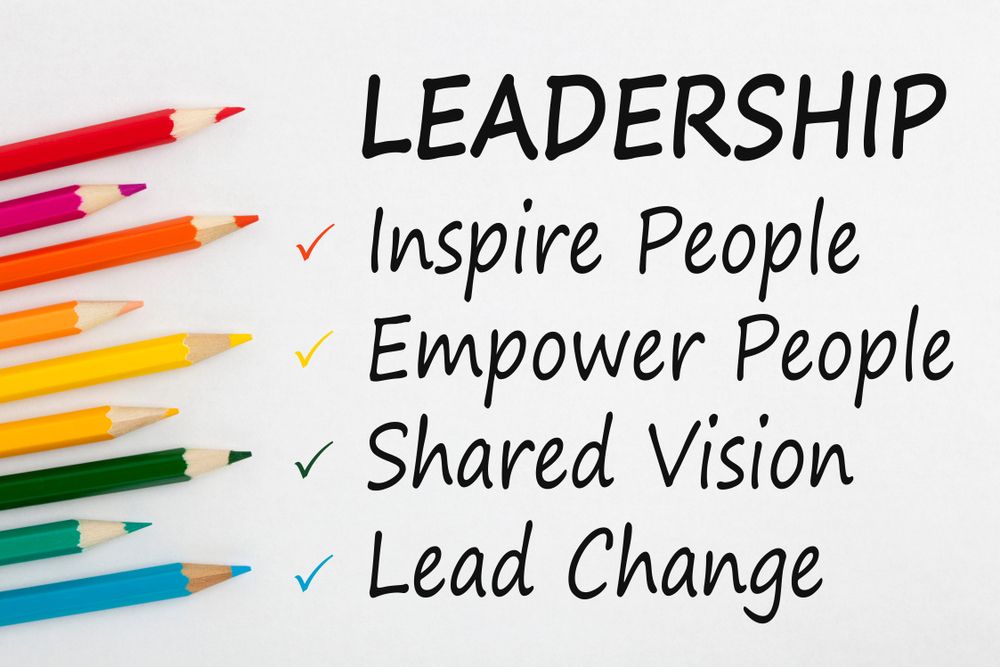Leadership for learning promotes shared responsibility
Published on Tuesday, 17 March 2020
Last updated on Thursday, 12 March 2020

The dictionary definition of leadership is “the action of leading a group of people or an organisation”. But, as all early childhood managers will understand, it’s more complicated than this. Good leadership embraces many qualities and there are as many definitions of leadership as there are leaders.
Strong leadership is one of the key factors that can improve learning outcomes for all children. The ERO Early Childhood Curriculum report notes that leaders “who use their pedagogical and subject expertise to guide curriculum implementation and practice can promote improvements in the quality of education and care children experience.”
Te Whāriki Online provides a host of supporting resources exploring leadership for learning. The phrase, “leadership for learning” is a move away from traditional hierarchical models of leadership. This approach encompasses a broad definition of leadership, which involves shared collective responsibility. This means that all kaiako need to have clear focus on how they lead learning for children, other kaiako, and whānau.
This is about the concepts of whanaungatanga, me kotahitanga. It is important to note though, that while this model of distributed leadership can be fostered and promoted, a positional leader still has to guide the process and be accountable for monitoring the quality of education and care provided for children.
Setting the leadership scene with Whakatauaki (proverbs)
Professor Mason Durie in his article, Educational leadership for tomorrow, quoted three Maori whakatauaki (proverbs) to illustrate three key aspects of leadership relevant to leaders in early childhood education to develop leadership that is inclusive, strategic, and collaborative.
1. Te amorangi ki mua, te hapai o ki muri
The leader at the front is backed by the workers behind
The message implies that leadership is as much a function of followers as it is of the leader.
2. Ki te kahore he whakakitenga ka ngaro te iwi
Without foresight or vision the people will be lost (Potatau Te Wherowhero)
This whakatauaki links leadership to navigation into the future.
3. Ehara taku toa i te toa takatahi Engari i te toa takatini
My success is not mine alone: it was not individual success but the success of a collective
This final whakatauaki downplays the importance of independent leadership in favour of the collective strength that comes from shared leadership:
Three key qualities for leadership
Associate Professor, Dr Kate Thornton, from the Victoria University of Wellington draws on her research into the field of leadership to describe three capabilities for effective leadership for supporting learning among children:
1. Authenticity
“You have to be yourself, you have to know your own values, you have to know what’s important to you and so you have to be an authentic leader in order to be effective and that takes a lot of reflection and it takes self-awareness,” said Dr Thornton.
“So we can link that to emotional intelligence, particularly the intrapersonal intelligence. It’s about knowing what you are good at, but also knowing what you aren’t good at, and what you need to work with other people to achieve.”
2. Skill in mentoring
Describing this as the ability to work with others, being an effective communicator and mentor, Dr Thornton explains, “You help provide the culture and the environment that will allow others to lead, and you do that by acting in that coaching and mentoring mode as a leader.
“You don’t have to know all the answers but you do actually have to know all the good questions to ask.”
3. Ability to hold and share a vision
This is about working with others to develop a vision that helps other people in the team focus on what matters most for your early education centre. Dr Thornton uses the analogy of a jigsaw to communicate this idea.
“You’ve got a team of teachers, parents … working together to achieve the vision, what you can do as the positional leader, you’re the one who has got the box the jigsaw comes in with the picture on it, so you know what they’re aiming for. And you are sort of reminding them and helping them put the bits together to achieve what you want to achieve.”
Responsibilities in leadership
Underlying the effectiveness of professional leaders is that they are clear about their leadership responsibilities. These include:
- Building trusting and respectful relationships and effectively collaborating with all those involved in the early learning service
- Being committed to Te Tiriti based practices including promoting the language, culture, and identity of Māori children
- Encouraging teachers parents, whānau, and children to take on leadership roles and responsibilities in the service
- Actively seeking cultural expertise from their community
- Mentoring and coaching teachers to develop their leadership capacity
- Being willing to challenge practice and engage in open-to-learning conversations
- Demonstrating accountability for curriculum implementation and quality.
Thanks to Te Whāriki Online for their insights on leadership, which helped write this article.
Resources and further reading
Education Council: Leadership Strategy
University of Auckland: New study rethinks leadership in early childhood education
Related Articles

Sell Yourself Developing a Marketing Plan
Attracting families to your service: Gone are the days when families defaulted to the provider closest to them.

How to manage different personalities among your educators
One of the most challenging, time consuming, and subsequently costly elements of running an early childhood centre is the recruitment, training, and retention of quality staff members.
